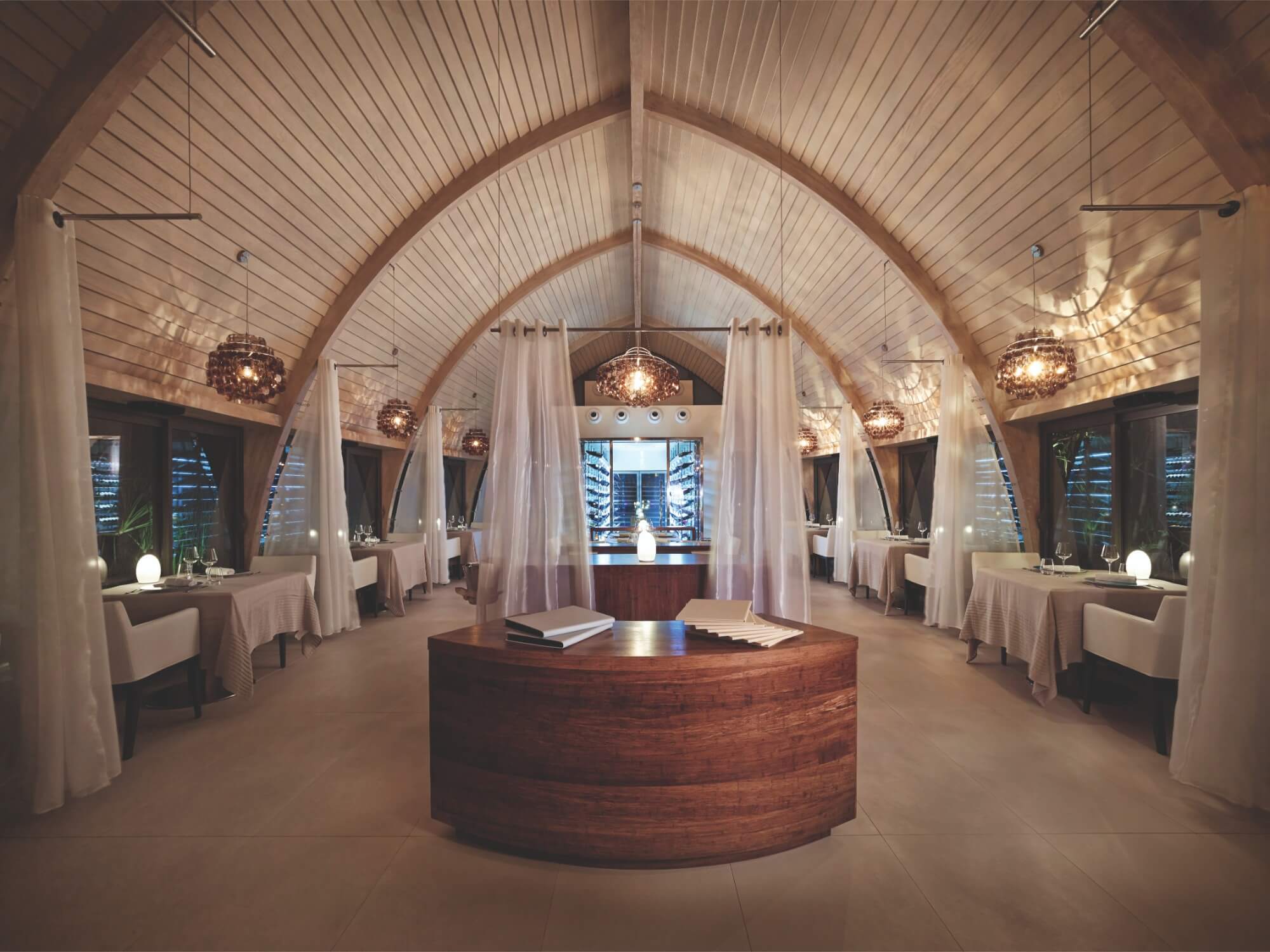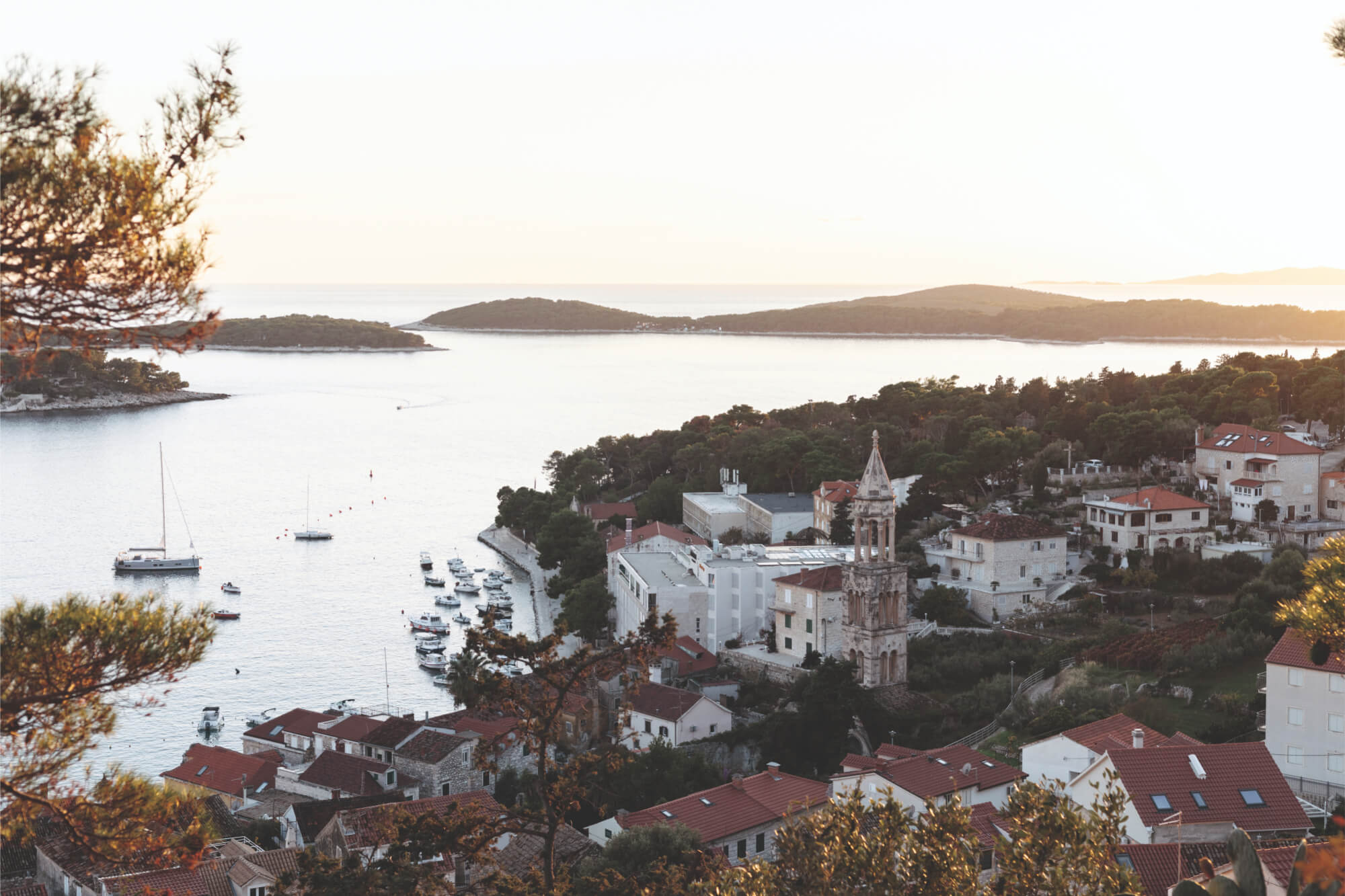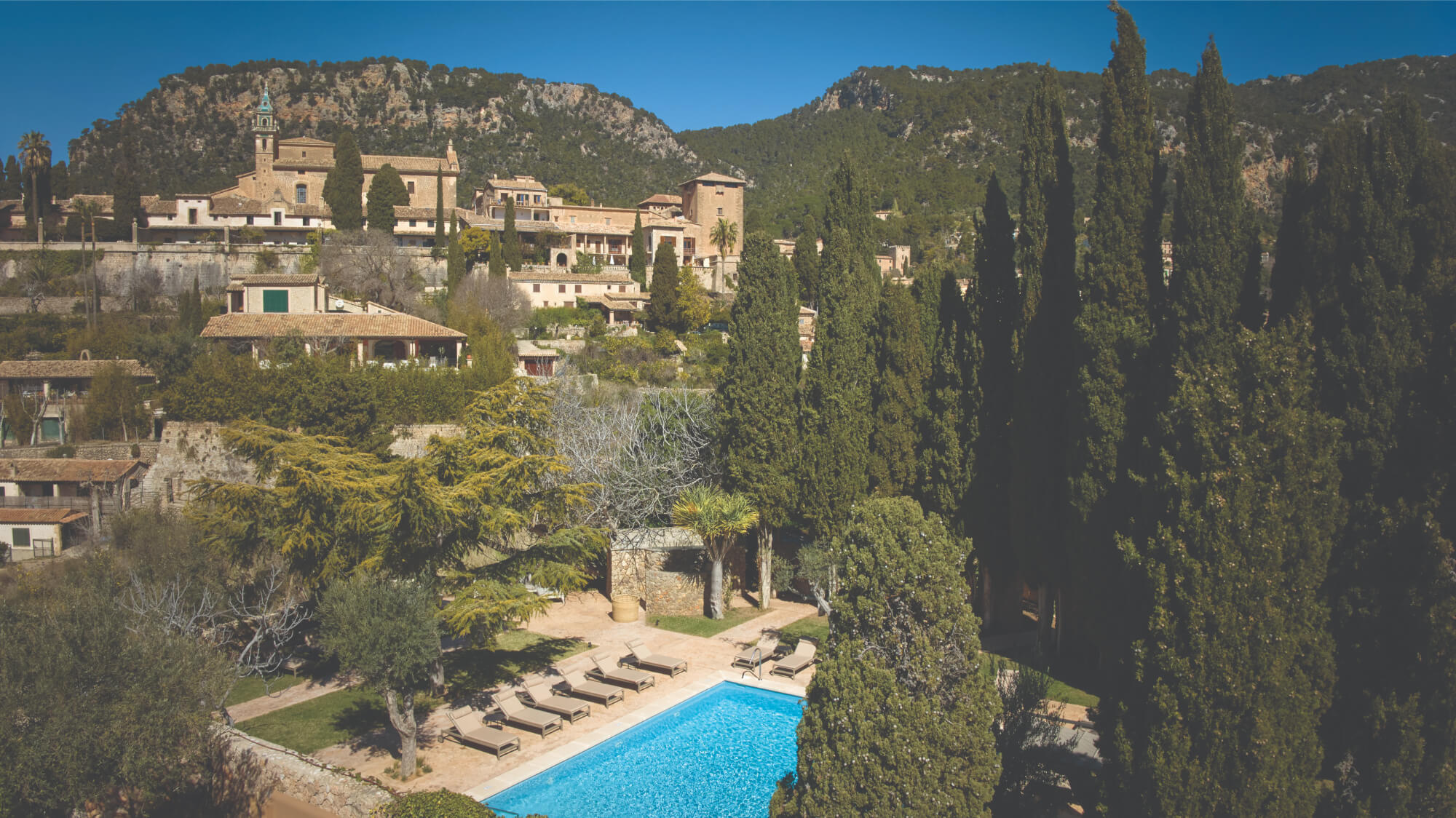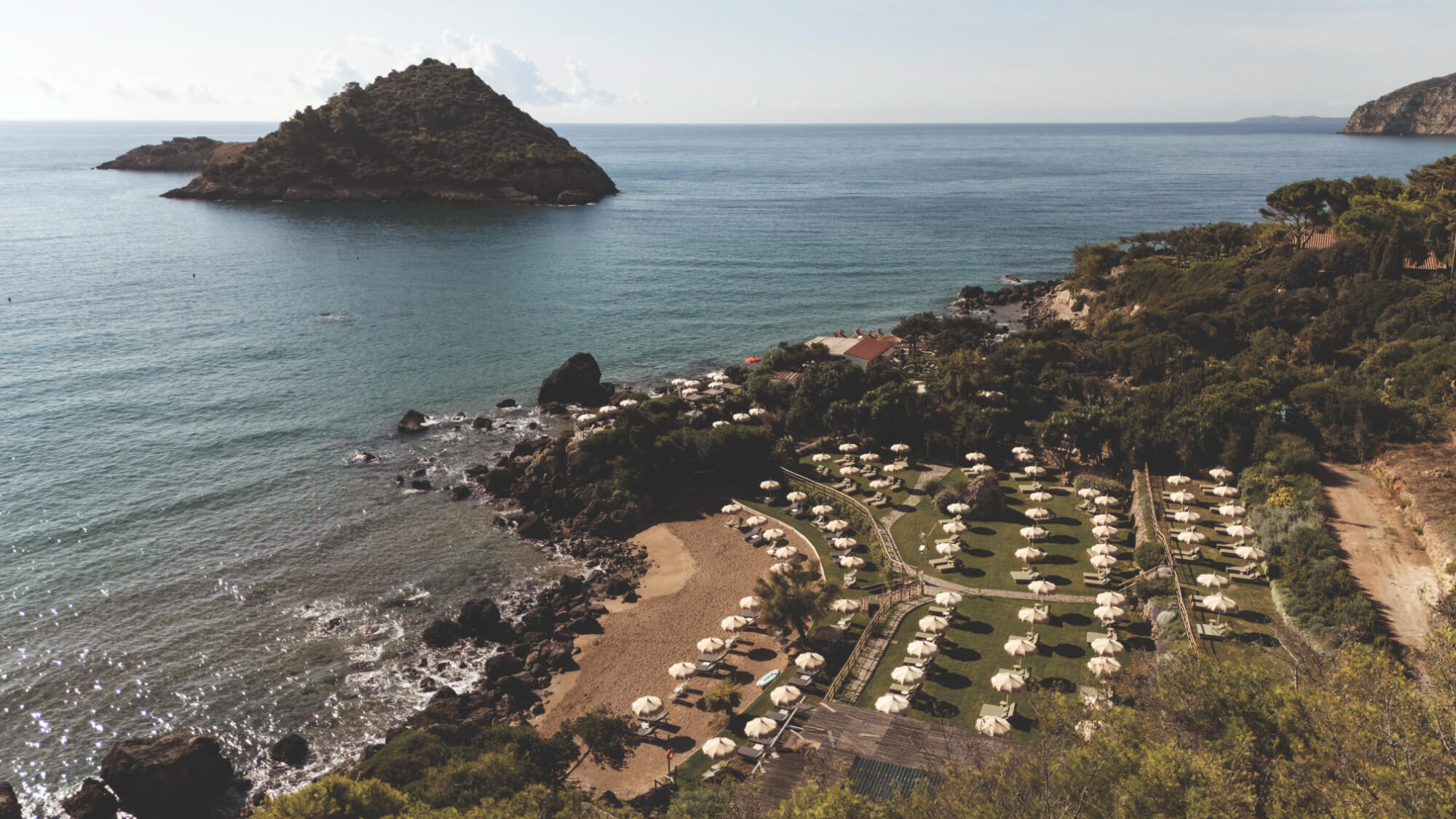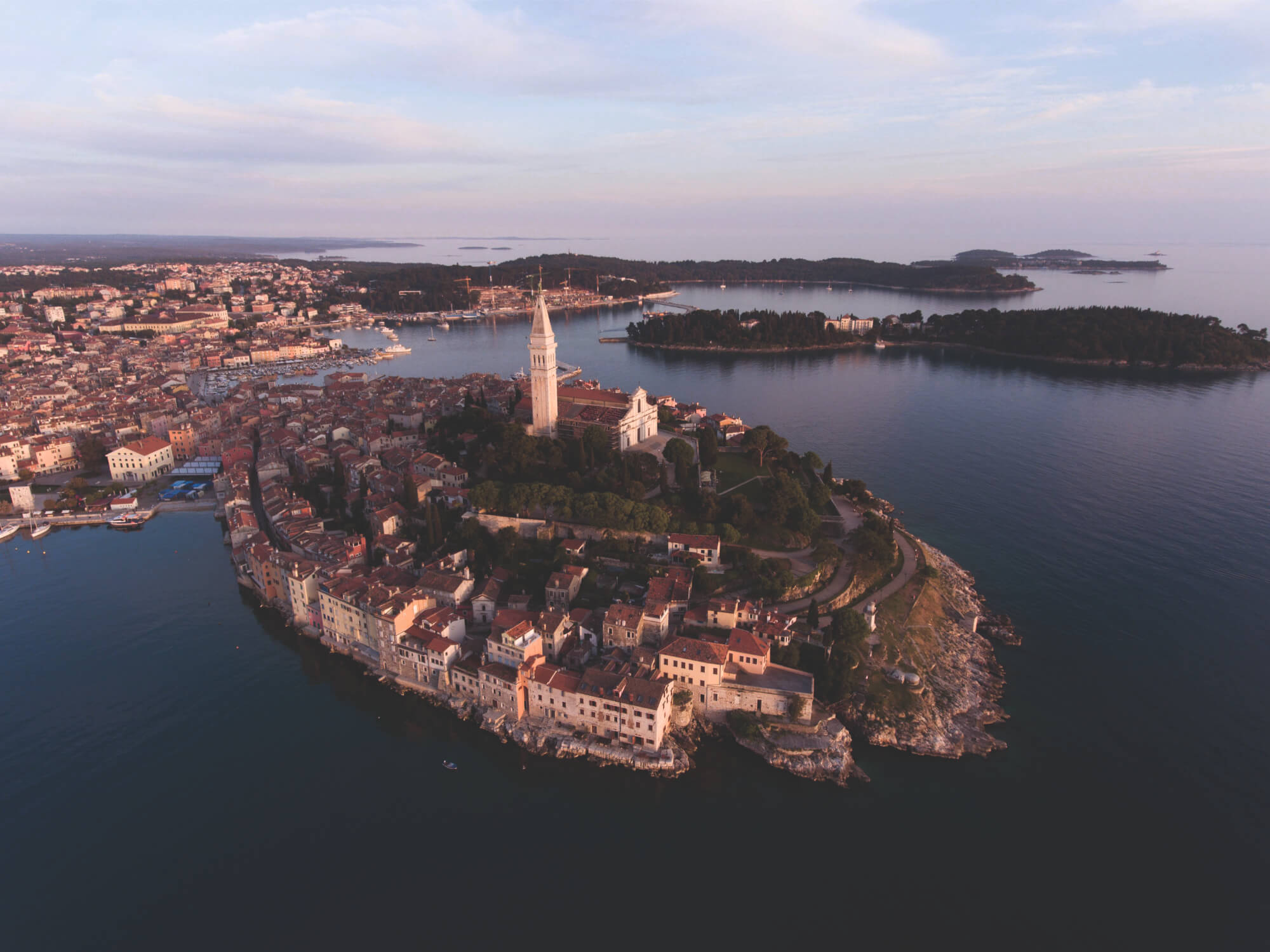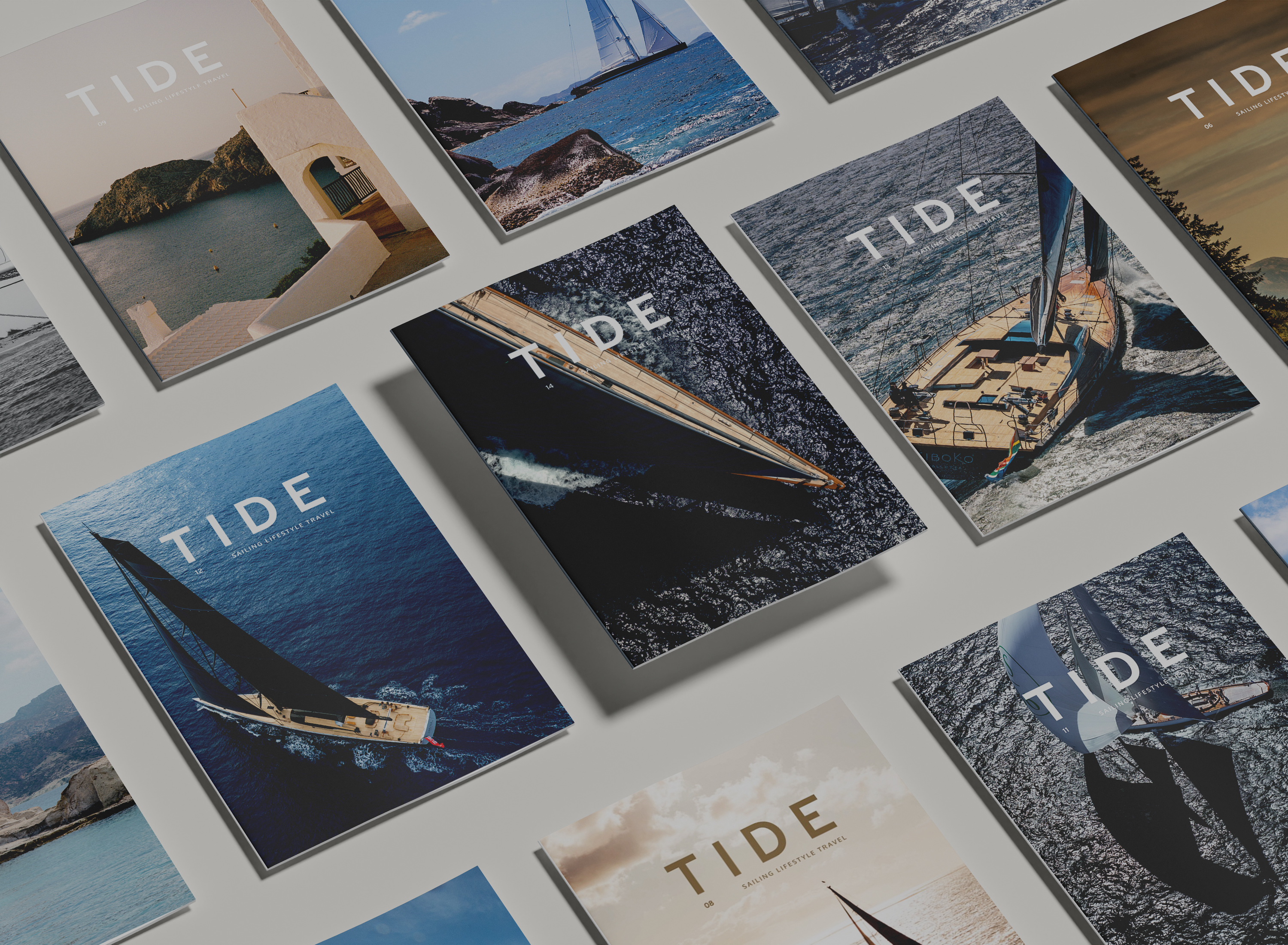As you’d expect for an archipelago nation, much of French Polynesia’s gastronomic tradition is influenced by the sea – and not just thanks to the abundance of fresh fish. After the French colonisation in 1842, these islands saw waves of immigration from all over the world, with a significant influx from Asia. Coupled with an array of colourful produce – think coconut, guava, and papaya – French Polynesia’s cuisine is bright, punchy and layered with delicate, complex flavours. This dichotomy – soft yet strong, bold yet subtle – creates a culinary experience that’s reflective of the region’s diversity and cultural fusion.
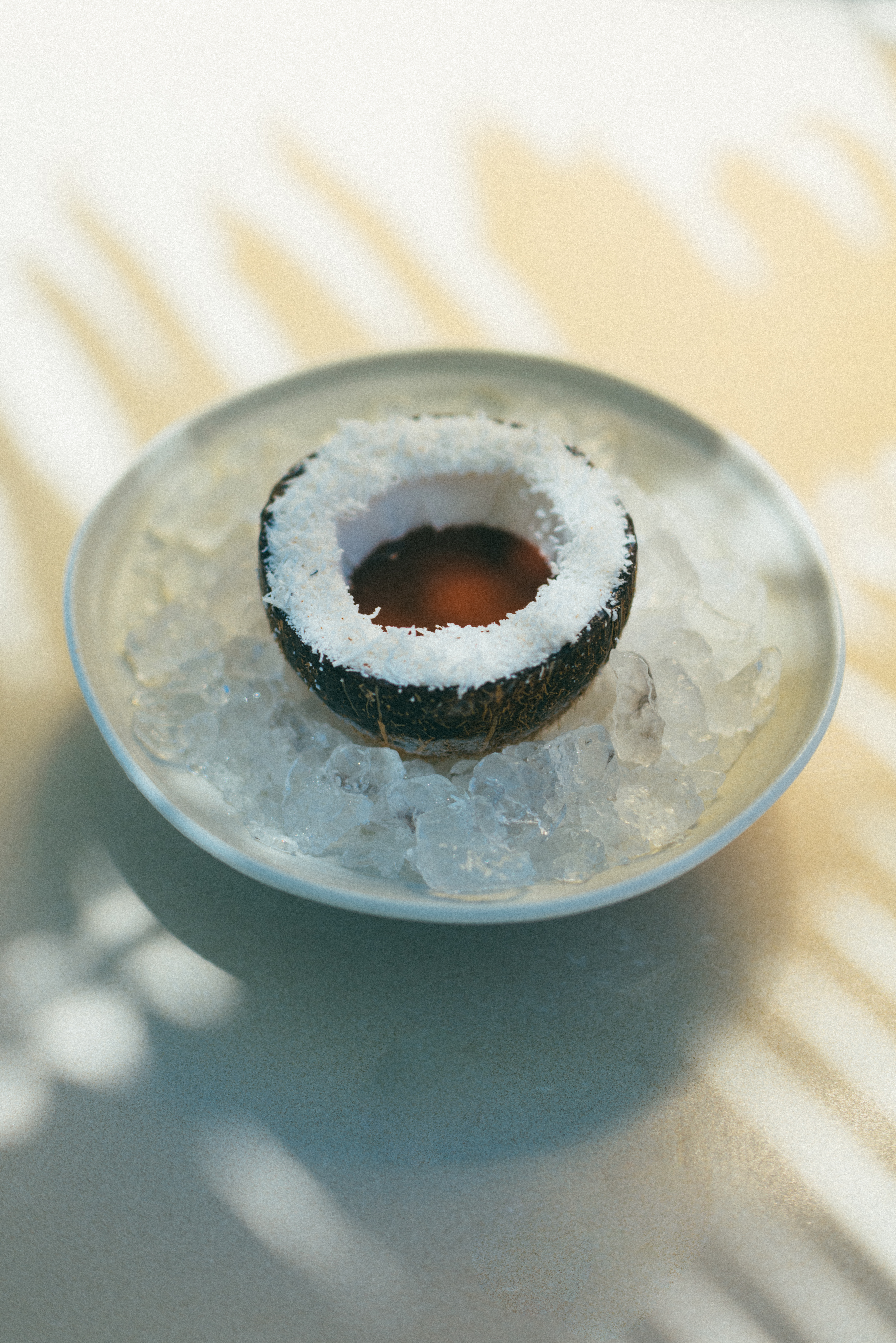
The Dining Adventure: Les Mutinés
In the early 1960s, Marlon Brando discovered the paradisiacal atolls of Teti’aroa while on location for the film Mutiny on the Bounty and quickly fell in love with them (see Atoll Protected from page 30 and Hidden Gems from page 64 for more). After several attempts to purchase the islands outright failed, he settled with a lease of 99 years that granted him exclusive use, and today his luxury eco-resort The Brando includes several exclusive restaurants. One of these is Les Mutinés, named after the villains behind the very real mutiny that took place on the original HMS Bounty in 1790.
Celebrated Head Chef Jean Imbert runs the ship, so to speak – a man with much experience crafting exceptional menus for the most epic of brands, such as the mythical Plaza Athenée and Dior Maison. At Les Mutinés, his menu follows HMS Bounty’s final ill-fated journey from England to Tahiti, designed like a treasure hunt (complete with 18th-century inspired map), and each course is given a name and a story. “When designing a menu, my number one rule is to link it to its place,” Imbert explains. “Here, I want to tell stories about French Polynesia, the Teti’aroa atoll and Marlon Brando.”
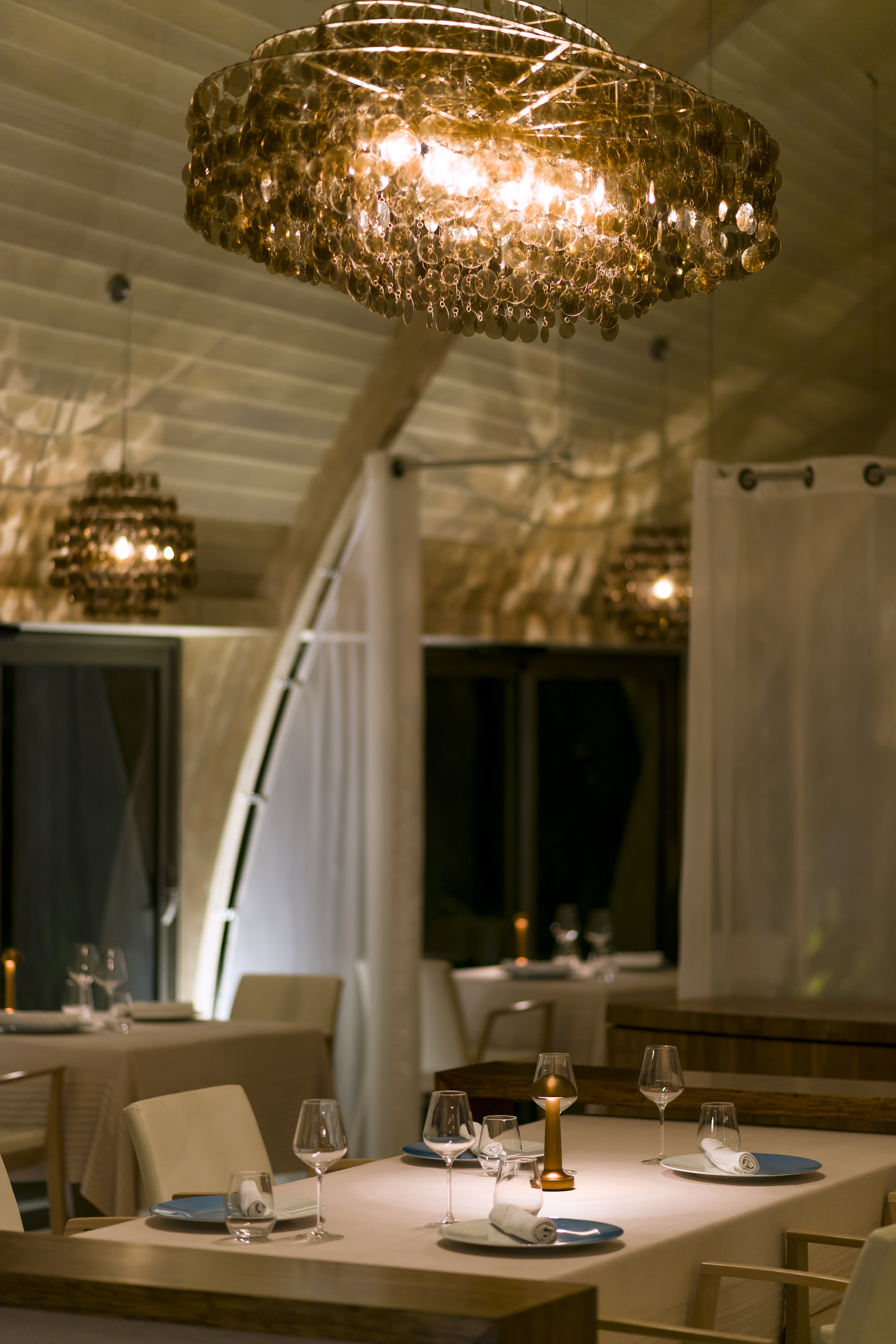
The first course, entitled ‘The Departure,’ begins in England, while others such as ‘The Tempest’ and ‘The Hideaway’, incorporate elements from Chile and Antarctica before arriving in French Polynesia. With six courses in total, served only for dinner, the restaurant hosts up to 20 guests per night, allowing for maximum care and attention to be paid to each and every dish.
At the heart of the menu is a profound respect for the ocean and local goods. “We are an atoll, so 80 per cent of the produce we use and cook comes from our vegetable garden and waters. We’re very connected to our environment,” smiles Imbert.
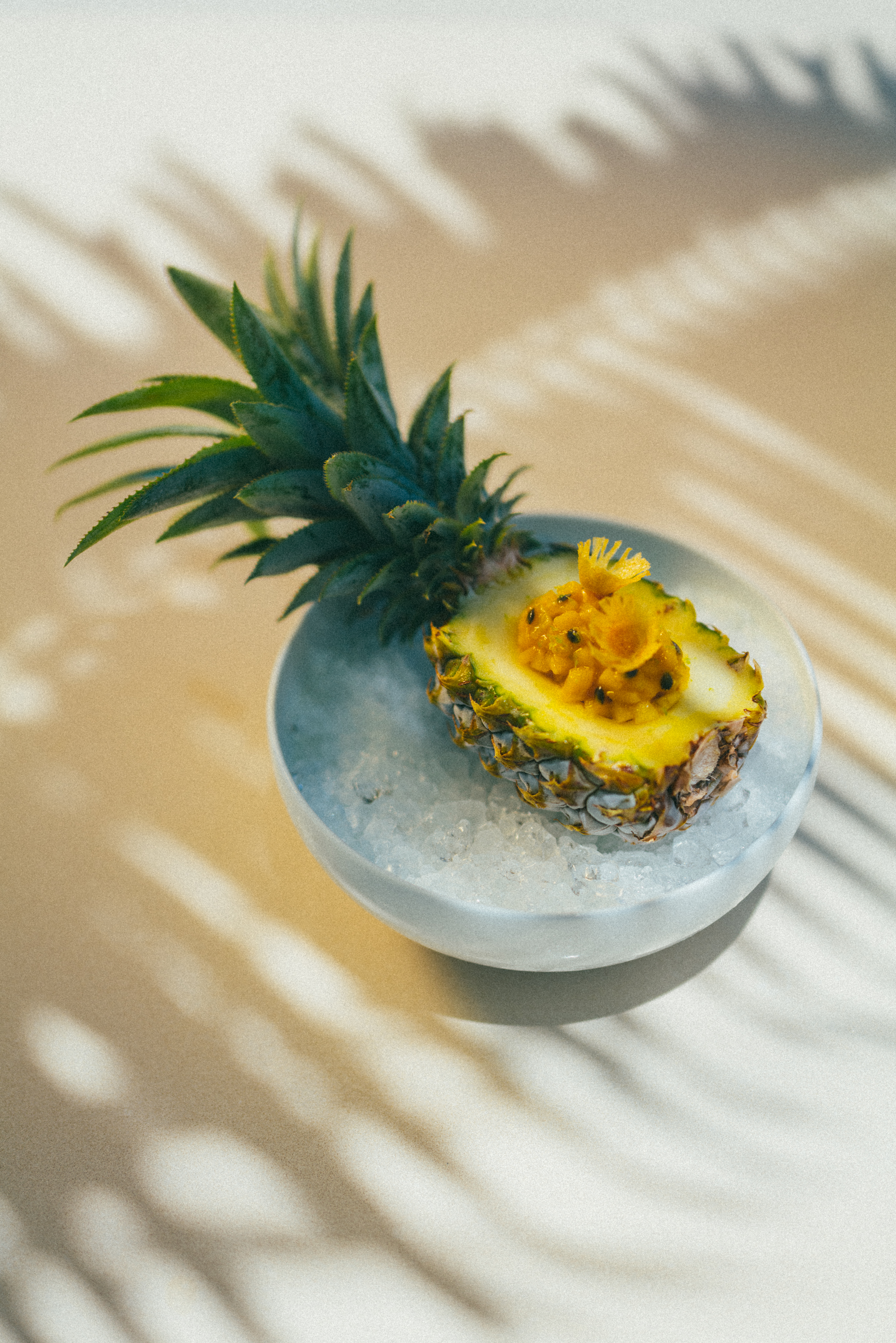
Herbs and flora are collected from the island’s garden to perfume a ceviche; honey is collected from bees that have sipped on the atoll’s vanilla blooms: all are combined to flavour a fluffy soufflé. “This is how we differentiate ourselves,” Imbert says. “It’s
very inspiring!”
Surprise Menus: The food trucks of Polynesia
Before food trucks were the gastronomical trend du jour, Tahiti was light-years ahead. Tahitian food trucks began as portable bamboo carts selling fruits and vegetables in the 1930s. Sometime in the 1950s, they evolved to include more products, resembling a mini convenience store on wheels. Eventually, they became stationary and began selling ready-made, pre-packaged snacks. Fast forward to today, and these food trucks have expanded from
Tahiti all across the archipelago, a favourite of locals and visitors alike.
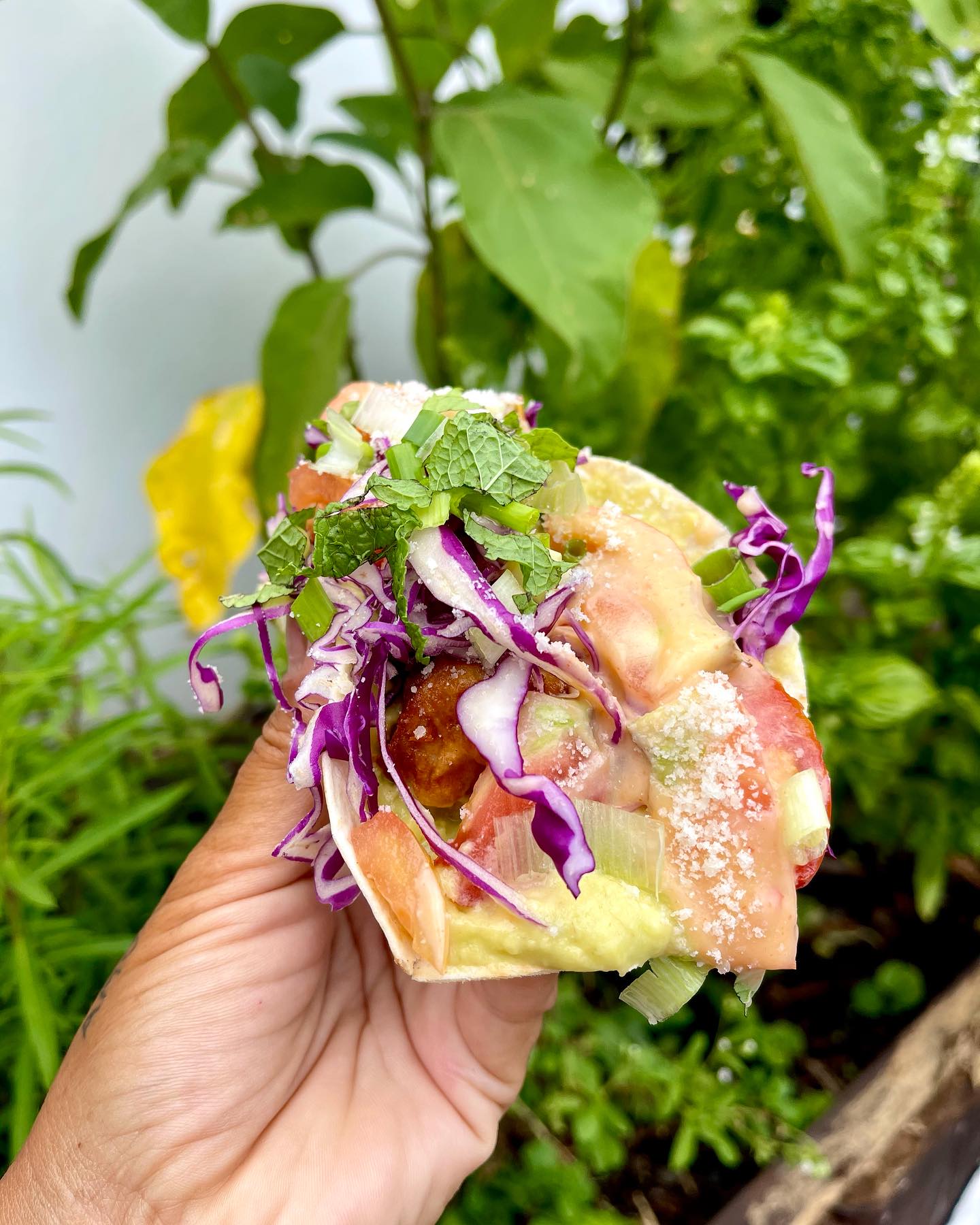
“The food trucks are an integral part of the local décor,” says Nahema Charles, Chef and owner of one of the best-known trucks on the islands, Pura Vida. “They’re a mix of Chinese, French, American and Tahitian culture, which best represents French Polynesia.”
Pura Vida is based out of Moorea, with a menu inspired by Charles’s many travels abroad; you can see her experiences reflected throughout her menu. The name, a Spanish term akin to ‘c’est la vie’, came from a trip to Costa Rica, where it’s often used as a greeting. The term, and laissez-faire attitude that it has come to represent, stood out to her, reminding her of the joie de vivre and hospitality of Tahitians. “For me, pura vida means ‘life is beautiful’,” Charles says. “The simple life is preserved on a lot of the smaller islands, protected from the massive development seen on some areas of Tahiti or Moorea – I particularly like this way of life.”
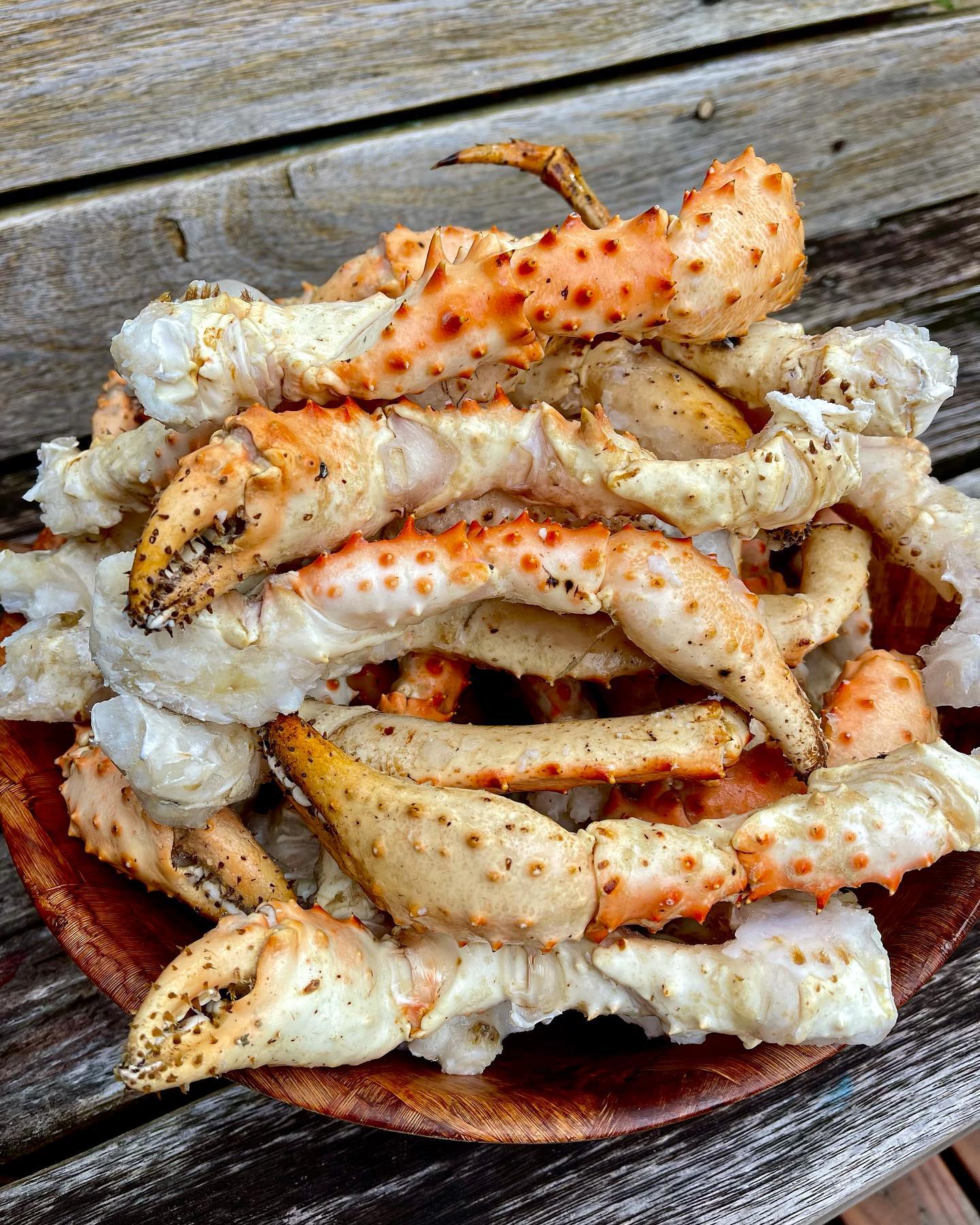
When she opened her kitchen, mid-way through the Pandemic, she did so for the population of Moorea, aiming to take them out of their comfort zone and on their own culinary journeys, and to showcase new ways of consuming existing produce.
Like Les Mutinés, Pura Vida’s menu focuses on local products and flavours with an international twist. Coriander, for example, an uncommon herb to the Polynesian palate, is sprinkled on her dishes after trips to Vietnam or Thailand. Her menu is free of land-animal meat, as she chooses instead to highlight the fresh fish caught in the lagoon each day, delivered to Nahema via RIB [Rigid Inflatable Boat]. She also gets creative with vegetarian recipes, using her own home-grown vegetables. What she cannot grow herself, such as taro and breadfruit, she hand-selects from small,
local businesses.
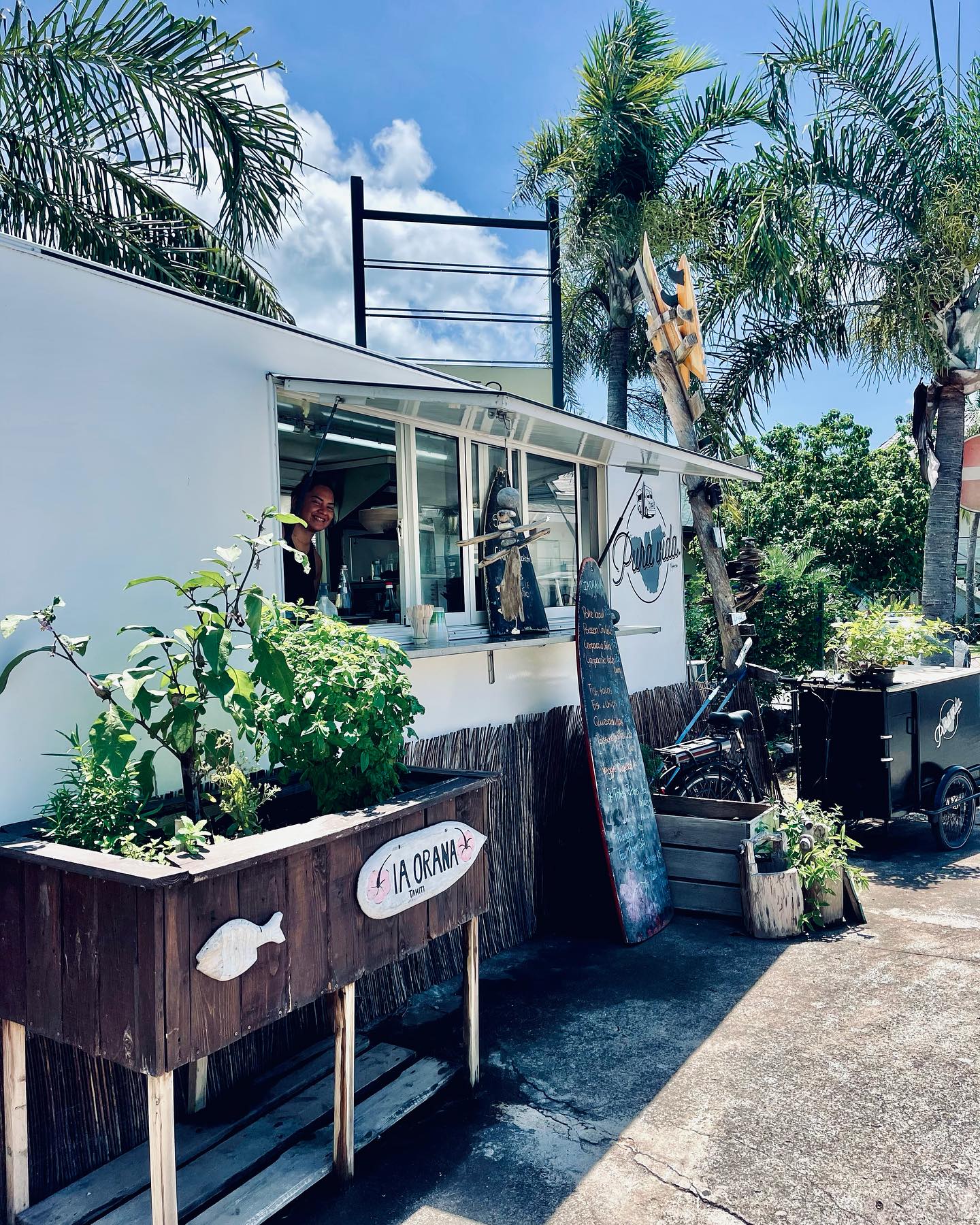
With a constantly changing menu, you can expect freshly grilled lobster on a coconut bread roll loaded up with charred pineapple and a bright coconut and avocado sauce one day, caramelised, meaty coconut heart burgers with sweet grilled onions and a feta and pistachio sauce the next – or perhaps veggie quesadillas with bok choi, jammy grilled tomatoes, a zesty home-made pesto and melted cheese. “I don’t really like routine!” laughs Charles.


